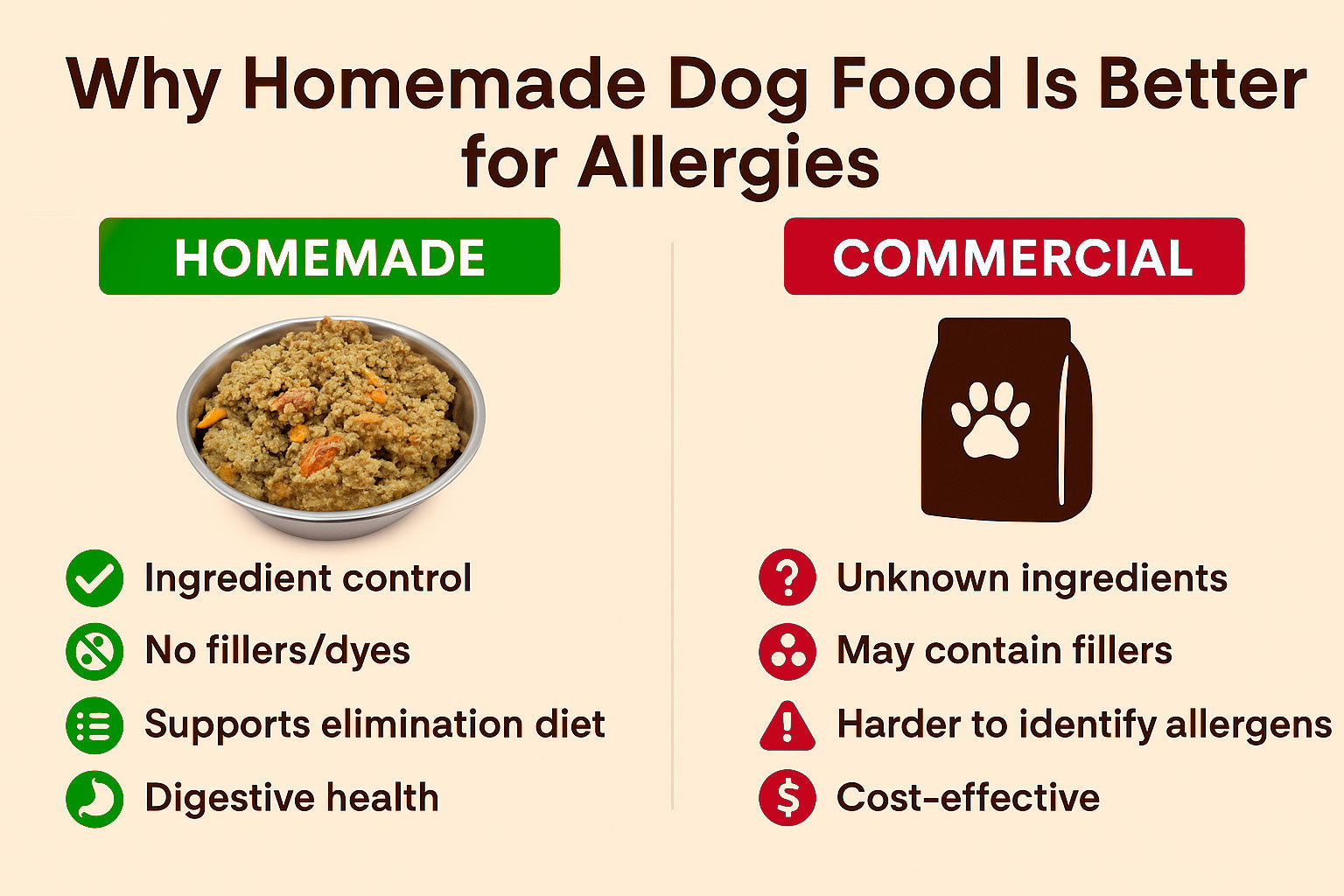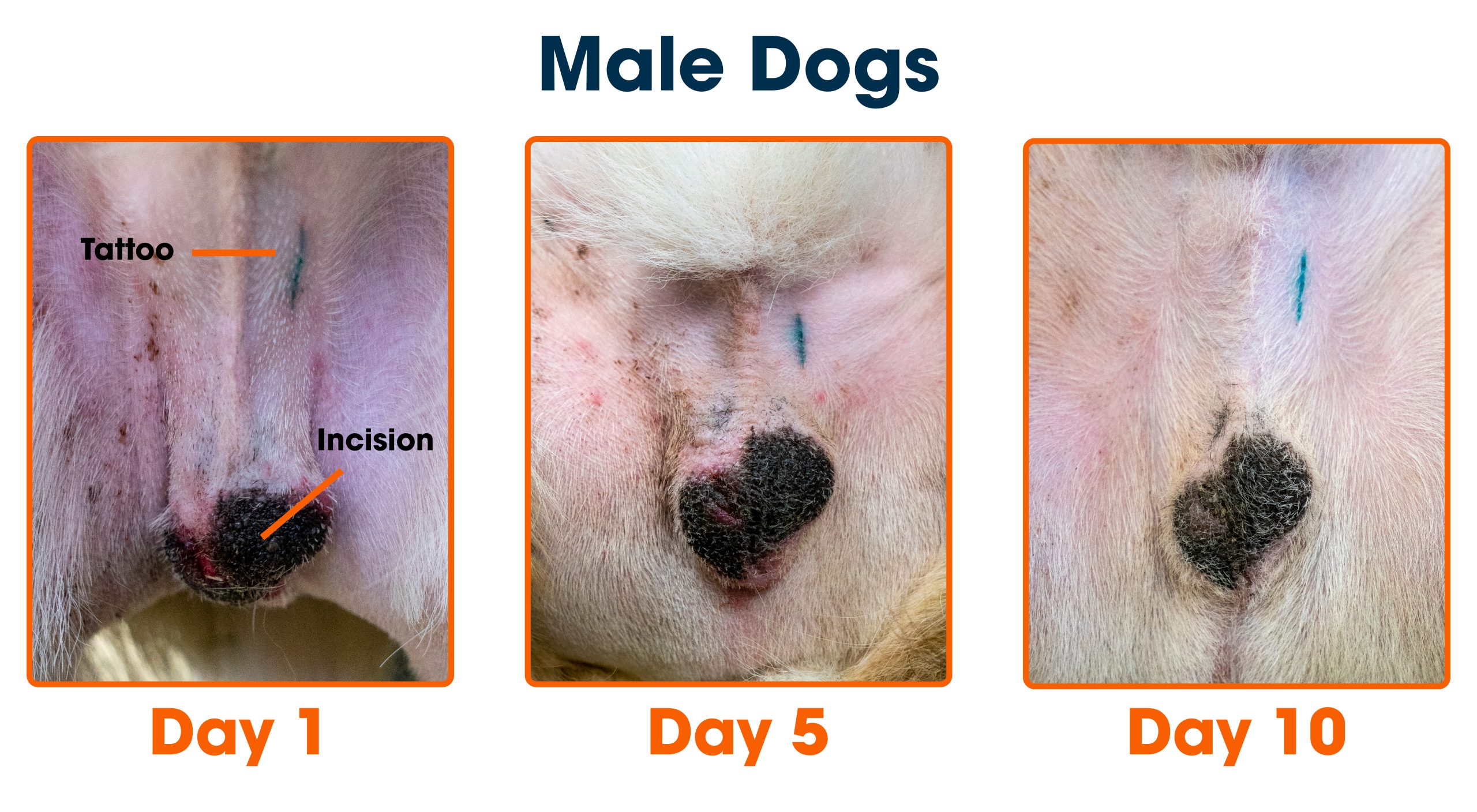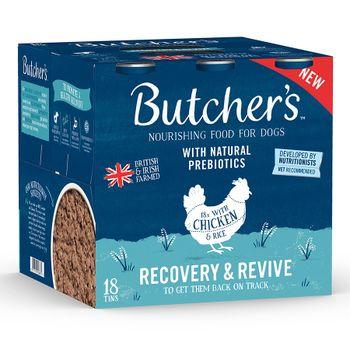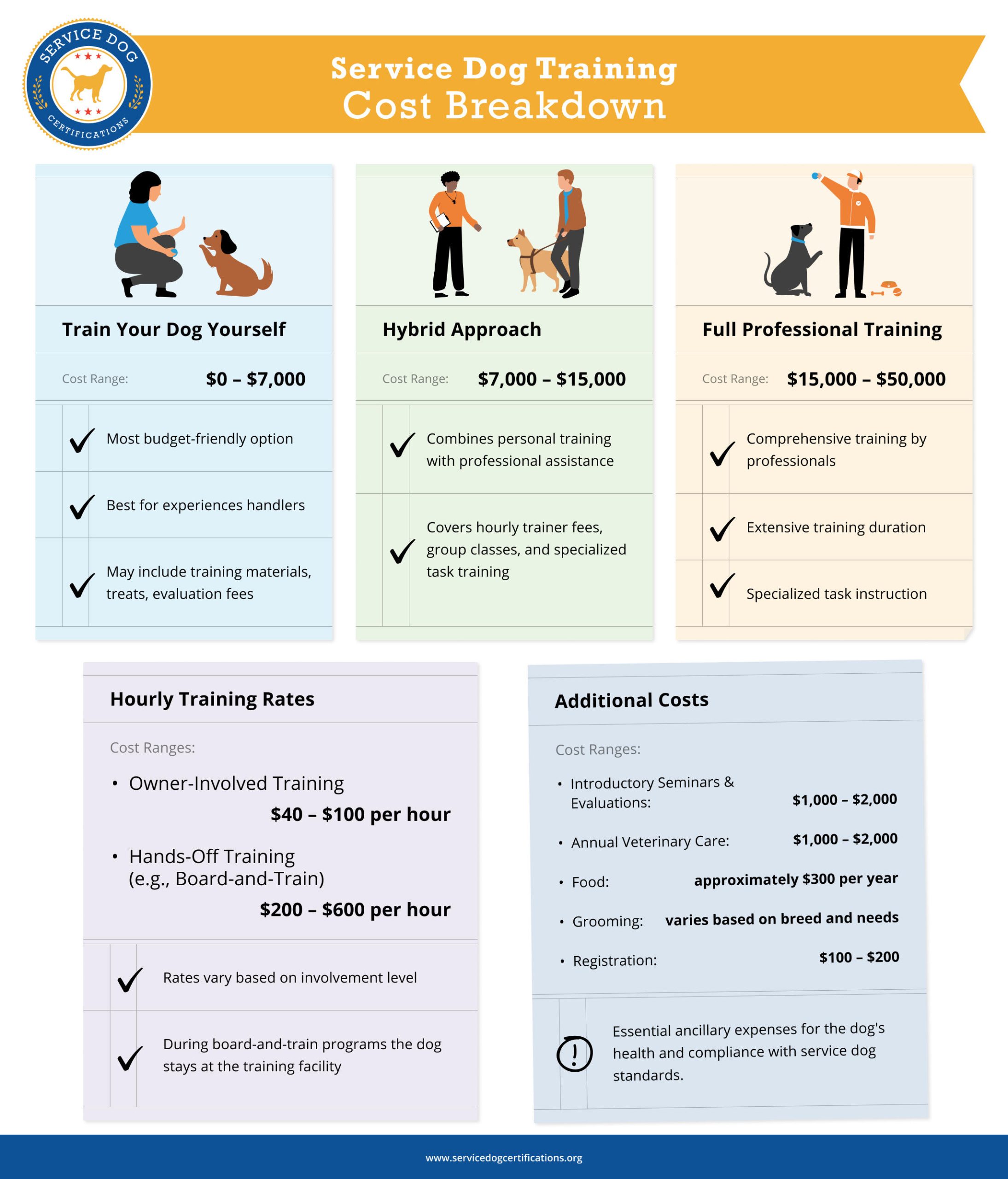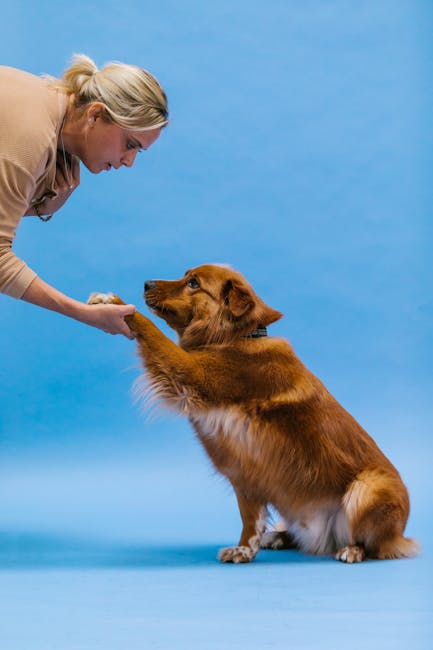If your dog struggles with allergies, you know how tough it can be to find the right food. Store-bought options are often filled with ingredients that trigger reactions, leaving your furry friend uncomfortable and you frustrated.
But what if you could take control? Making hypoallergenic dog food at home is easier than you think. In this guide, you’ll discover simple, safe recipes that protect your dog’s health and keep their tail wagging. Ready to give your pet the relief they deserve?
Keep reading to learn how to create tasty, allergy-friendly meals right in your kitchen.
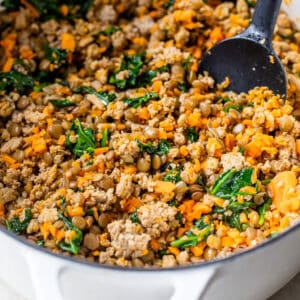
Credit: thealmondeater.com
Why Choose Hypoallergenic Dog Food
Some dogs get sick from certain foods. Hypoallergenic dog food helps reduce allergic reactions.
This food uses safe ingredients that are less likely to cause allergies. It keeps dogs healthy and happy.
Common Allergens In Dog Food
Many dog foods contain ingredients that cause allergies. Knowing these allergens helps you choose better food.
- Beef
- Chicken
- Dairy products
- Wheat and gluten
- Soy
- Eggs
- Fish
- Corn
Dogs may react to one or more of these ingredients. Hypoallergenic food avoids or replaces them.
Signs Of Food Allergies In Dogs
Watch your dog for signs of allergies. Early detection can prevent serious health problems.
- Itchy skin and scratching
- Red or inflamed skin
- Hair loss
- Ear infections
- Vomiting or diarrhea
- Excessive licking of paws
- Swelling of the face or ears
If your dog shows these signs, consult a vet. They can recommend the right diet for your pet.
Essential Ingredients For Hypoallergenic Meals
Making hypoallergenic dog food at home means choosing safe ingredients. These meals avoid foods that cause allergies in dogs.
Use fresh, simple ingredients. This helps keep your dog healthy and happy.
Selecting Protein Sources
Protein is very important for your dog’s diet. Pick proteins that rarely cause allergies.
Common safe protein options include novel meats and fish. Avoid beef, chicken, and dairy if your dog is allergic.
- Duck
- Lamb
- Rabbit
- Salmon
- Turkey
Choosing Safe Carbohydrates
Carbohydrates give energy to your dog. Use simple and easy-to-digest carbs to avoid reactions.
Good carbohydrate choices include grains and vegetables that rarely cause allergies.
- White rice
- Sweet potatoes
- Oatmeal
- Quinoa
- Pumpkin
Incorporating Vegetables And Supplements
Vegetables add vitamins and fiber to your dog’s food. Choose mild vegetables that dogs digest well.
Supplements like fish oil and probiotics can improve health. Always check with your vet before adding supplements.
- Carrots
- Green beans
- Zucchini
- Fish oil
- Probiotics
Step-by-step Recipe For Homemade Hypoallergenic Dog Food
Making hypoallergenic dog food at home helps control what your dog eats. It is good for dogs with food allergies or sensitive stomachs.
This recipe uses simple ingredients that are less likely to cause allergies. Follow the steps carefully for best results.
Preparing Ingredients
Use fresh, single-protein sources and limited vegetables. Avoid common allergens like wheat, soy, and dairy.
- Choose lean meats such as turkey, chicken, or lamb
- Pick vegetables like sweet potatoes, carrots, or green beans
- Use a small amount of rice or oats as a grain option
- Prepare a vitamin supplement recommended by your vet
- Use water or homemade broth without seasoning
Cooking Instructions
Cook ingredients gently to keep nutrients intact. Avoid adding salt, spices, or oils.
- Boil or steam the meat until fully cooked
- Cook vegetables until soft but not mushy
- Simmer rice or oats separately until tender
- Mix meat, vegetables, and grains in a large bowl
- Add the vet-approved vitamin supplement and mix well
Portioning And Storage Tips
Divide the food into daily portions. Store them properly to keep the food fresh and safe.
- Use airtight containers or freezer bags for storage
- Keep portions in the refrigerator for up to three days
- Freeze extra portions for up to one month
- Thaw frozen food in the refrigerator before serving
- Check food temperature before giving it to your dog
Tips To Ensure Balanced Nutrition
Making hypoallergenic dog food at home requires careful planning. Your dog needs all the right nutrients to stay healthy.
Balanced nutrition means giving proteins, fats, carbohydrates, vitamins, and minerals in the right amounts. This helps your dog feel good and avoid allergies.
Adding Vitamins And Minerals
Vitamins and minerals are important for your dog’s health. They support the immune system, bones, and skin.
Use natural sources like vegetables and supplements to add these nutrients. Avoid artificial additives that may cause allergies.
- Include leafy greens for vitamins A, C, and K
- Add pumpkin or carrots for beta-carotene
- Use fish oil or flaxseed for omega fatty acids
- Consider calcium from crushed eggshells or bone meal
- Use a dog-specific vitamin supplement if needed
Consulting With A Veterinarian
A vet can help you create a safe and balanced diet. They know what nutrients your dog needs and can spot risks.
Bring your dog’s health history and any allergy tests to your appointment. This helps the vet make good recommendations.
- Ask about safe protein sources
- Request advice on supplements
- Get guidance on portion sizes
- Schedule regular check-ups to monitor health
Common Mistakes To Avoid
Making hypoallergenic dog food at home can help your pet stay healthy. It is important to avoid certain mistakes. These errors can cause allergies or other problems.
Read about common mistakes so you can prepare safe and healthy meals for your dog.
Using Unsafe Ingredients
Some ingredients can trigger allergies or harm your dog. Avoid foods that are toxic or hard to digest. Always check if the ingredient is safe for dogs before using it.
Examples of unsafe ingredients include chocolate, onions, garlic, and grapes. Using these can cause serious health issues.
- Avoid artificial preservatives and additives
- Do not use foods known to cause allergies
- Choose fresh, natural ingredients
- Consult a vet about new ingredients
Ignoring Portion Control
Feeding too much or too little can harm your dog’s health. Proper portion sizes keep your dog healthy and prevent weight issues.
Measure the food based on your dog’s size, age, and activity level. Overfeeding can cause obesity. Underfeeding can lead to malnutrition.
- Use a kitchen scale or measuring cups
- Adjust portions as your dog’s needs change
- Follow vet recommendations for daily amounts
- Watch your dog’s weight regularly
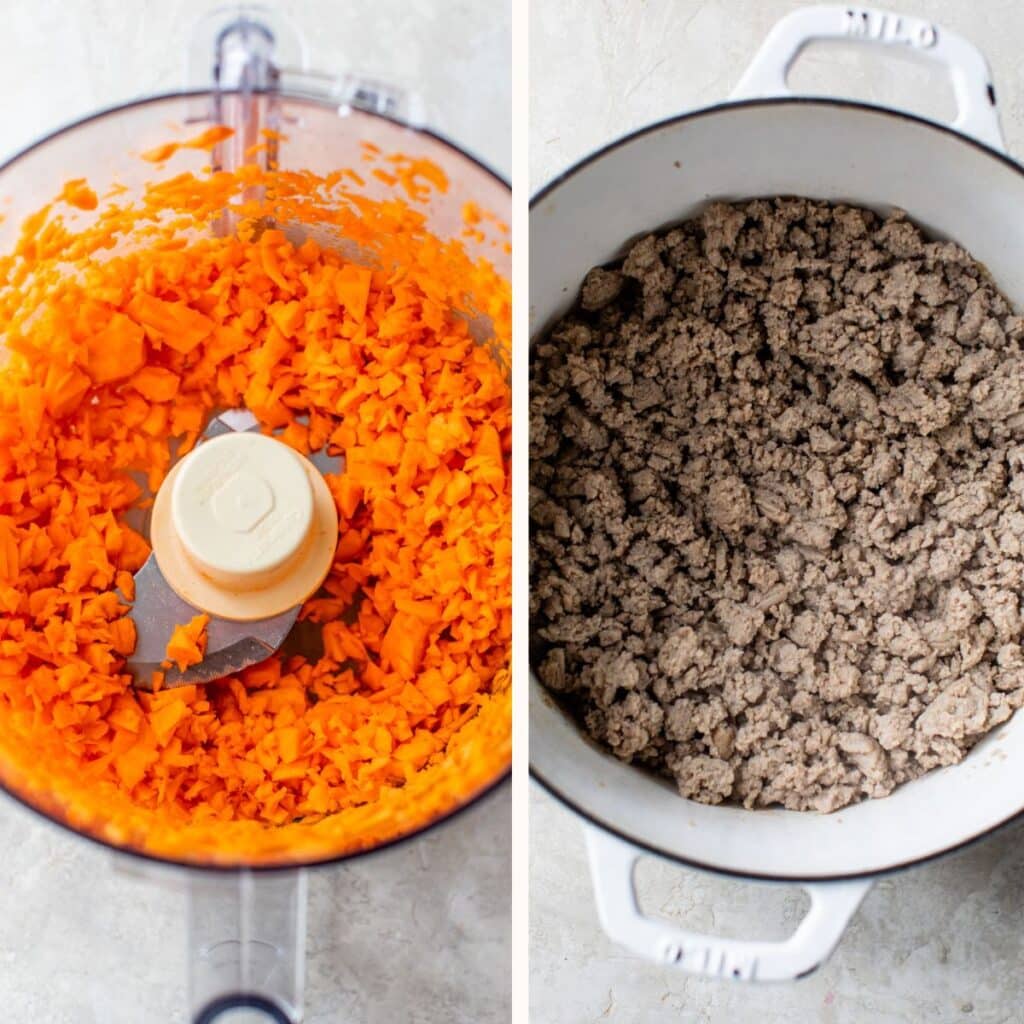
Credit: thealmondeater.com
Transitioning Your Dog To Homemade Food
Switching your dog to homemade hypoallergenic food needs care. Sudden changes can upset their stomach.
Take time to help your dog adjust. This reduces risks of digestive issues or allergic reactions.
Gradual Introduction Techniques
Start by mixing a small amount of homemade food with your dog’s current food. Slowly increase the homemade portion over days.
Watch your dog’s eating habits. Make sure they accept the new food without stress.
- Mix 25% homemade food with 75% old food for 3 days
- Increase to 50% homemade and 50% old food for next 3 days
- Raise to 75% homemade and 25% old food for 3 more days
- Feed only homemade food after 9 days if no issues occur
Monitoring For Reactions
Check your dog’s skin, coat, and digestion carefully. Look for signs of allergies or discomfort.
Common signs include itching, redness, vomiting, diarrhea, or changes in behavior. If you see any, stop homemade food and consult a vet.
- Watch for itching or redness on skin
- Check for vomiting or loose stools
- Note any unusual tiredness or irritability
- Keep a daily log of food and symptoms

Credit: www.justfoodfordogs.com
Frequently Asked Questions
What Ingredients Are Hypoallergenic For Dogs?
Hypoallergenic dog food typically includes novel proteins like duck or venison and carbohydrates like sweet potatoes. These ingredients are less likely to cause allergic reactions. Always consult your vet to ensure these ingredients suit your dog’s unique dietary needs.
How To Identify Food Allergies In Dogs?
Signs of food allergies include itching, ear infections, and gastrointestinal issues. If you notice these symptoms, consult your veterinarian. They may recommend an elimination diet to identify the specific allergens affecting your dog.
Can I Use Rice In Hypoallergenic Dog Food?
Yes, rice is often used in hypoallergenic dog food. It is a gentle carbohydrate that rarely causes allergies. Brown rice is a better option as it is less processed and retains more nutrients compared to white rice.
How To Ensure Homemade Dog Food Is Balanced?
To ensure a balanced diet, include proteins, carbohydrates, and fats. Add vitamins and minerals as needed. Consulting a veterinarian or a pet nutritionist can help tailor the recipe to your dog’s specific health needs.
Conclusion
Making hypoallergenic dog food at home helps protect your dog’s health. You control the ingredients your dog eats every day. This can reduce allergic reactions and improve digestion. Always choose fresh, simple ingredients your dog tolerates well. Keep recipes balanced with protein, carbs, and fats.
Consult your vet to ensure your dog’s needs are met. Homemade meals can be safe and tasty for sensitive dogs. Your effort shows love and care for your pet’s wellbeing. Start small, watch your dog’s response, and adjust as needed.
Healthy food means a happier, healthier dog.


